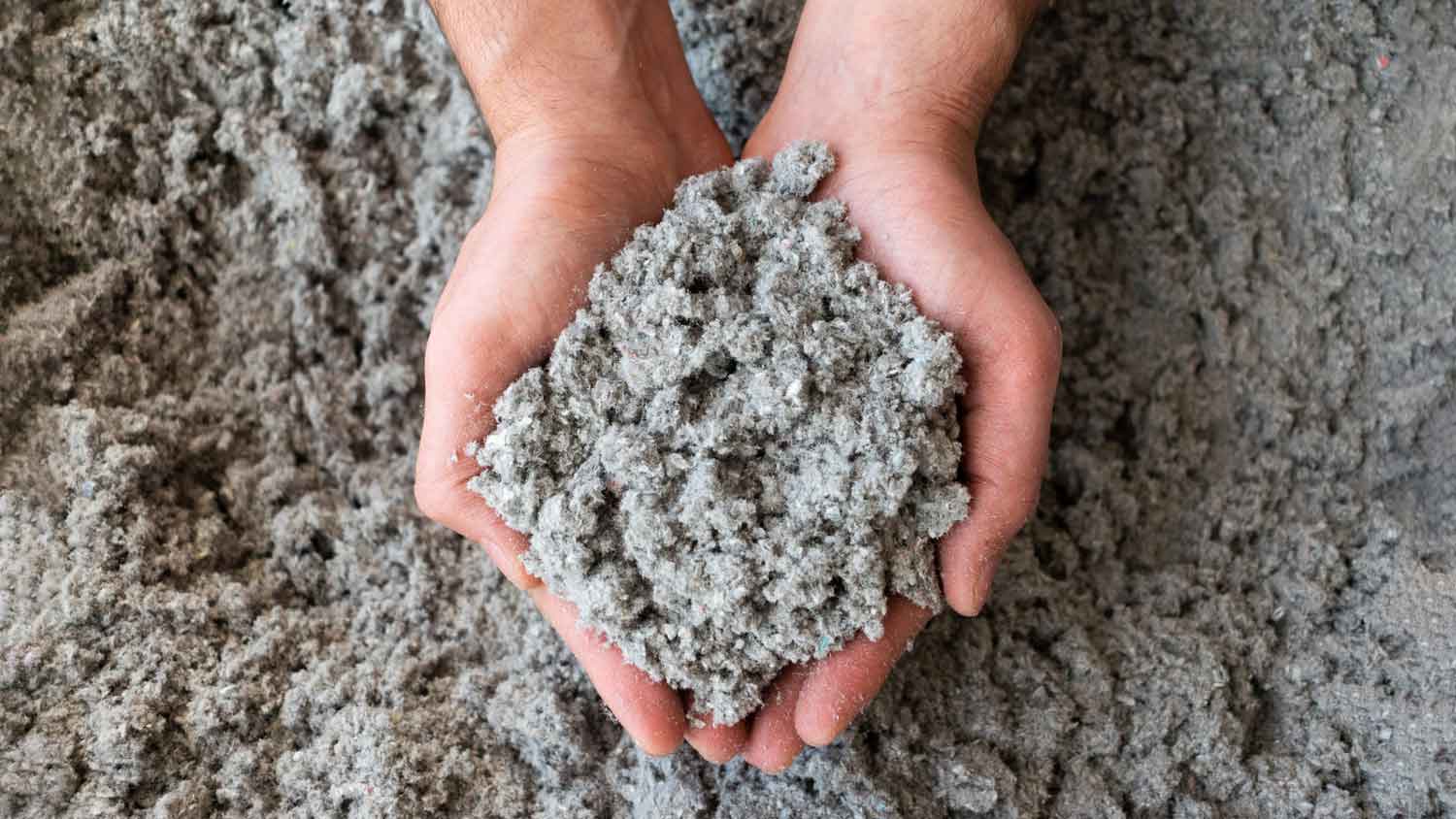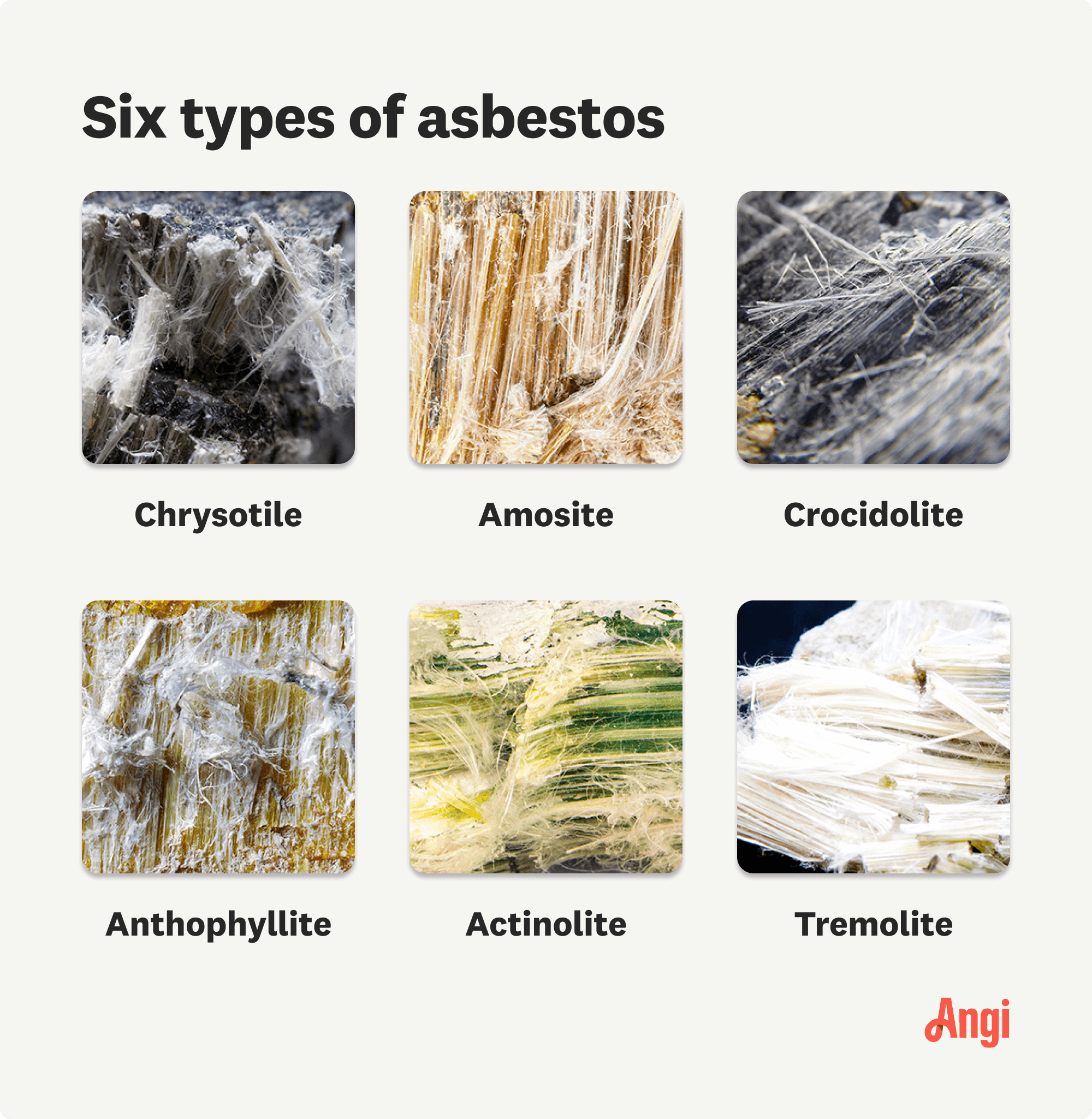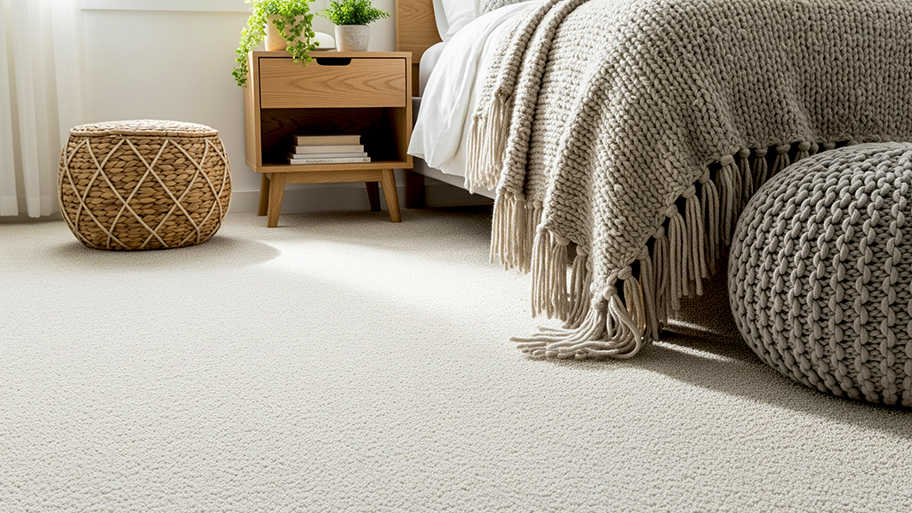
The cost of asbestos testing varies based on location, property size, test type, and other factors. Here’s a breakdown of the costs to conduct an asbestos survey.
Know what’s keeping your home warm


Asbestos is a hazardous material that was used in home insulation before the 1980s.
Cellulose insulation is made from recycled paper products and fire-retardant chemicals.
Unlike asbestos, cellulose is safe for human exposure and doesn't pose a cancer risk
To the untrained, naked eye, it can be difficult to tell the two apart
You know that insulation helps to keep winter's chill out of your home while keeping it cooler in the summer. But have you ever thought about what's in your insulation? Depending on when your home was built, there may be asbestos in your insulation. Sometimes, asbestos-based insulation can appear similar to cellulose material, which is not hazardous to your health. Learn the difference between asbestos and cellulose insulation and why it matters.
Asbestos and cellulose insulation will both keep a home warm, but the materials they are made from are considerably different. Another major difference between the two? Safety. The Environmental Protection Agency started banning products made from asbestos, including insulation, in the 1970s.
You can't officially identify asbestos without a microscope or lab testing, but there are signs that your home contains asbestos insulation based on the following.
| Type of Difference | Asbestos | Cellulose |
|---|---|---|
| General appearance | Fibrous, cotton-like | Shredded paper |
| Color | Silver-gold | Shades of gray |
| Home’s age | Pre-1980s | 1970s onward |
| Materials | Silicate mineral | Recycle paper |
| Safety | Carcinogen | Non-carcinogen |

The only way to accurately identify asbestos insulation is by hiring a professional asbestos testing company near you to take a sample and examine it. However, you can spot slight differences in appearance between asbestos and cellulose insulation.
Asbestos insulation may look like cotton while cellulose tends to resemble shredded or fluffy paper. Another notable difference between the two is the presence of shiny fibers in asbestos insulation.
Cellulose insulation tends to be shades of gray with a brownish tinge since it's often made from recycled newspaper or cardboard.
Asbestos insulation tends to be shiny and may look more like silver or gold than gray or brown.
Asbestos is odorless—so don't rely on your nose to tip you off about asbestos in your home. Asbestos fibers are too tiny for humans to detect their smell, so even large amounts of asbestos will lack a scent. The only way to know if your home has asbestos is to have a pro test for it.
Before people understood the dangers posed by asbestos, it was considered a wonder material, capable of preventing fires. The material was nearly ubiquitous throughout the mid-20th century and was frequently used in homes and other buildings.
After the EPA banned asbestos, its use was phased out. So, if your home was constructed after the mid-1970s, it's more likely to contain cellulose or another type of safe insulation.
Asbestos is the name of a group of naturally occurring mineral fibers. Amosite, or brown, asbestos, was the type most commonly used to make insulation. It has long, brittle, straight fibers.

Cellulose is actually a carbohydrate and the material that makes up the main cell wall of plants. Because it is stiff and strong, it's often used to make paper. In some cases, that paper ends up transformed into cellulose insulation.
When products containing asbestos, like insulation, are disturbed, they can release tiny fibers. Inhaling those fibers can put a person at an increased risk of developing lung and other types of cancer. That’s why qualified local asbestos abatement pros are the only people who should remove asbestos materials from your home.
While you may worry about the presence of asbestos insulation in your home, the best thing to do if you suspect it's there is to leave it alone. Left undisturbed, asbestos can't release its fibers. However, if you have any major renovation work planned, it's best to call someone to test the insulation and confirm the presence of asbestos.
On the other hand, you're unlikely to inhale particles or fibers from cellulose insulation if the material is disturbed. But, it's worth noting that boric acid, which is often added to cellulose insulation to reduce flammability, can cause irritation and other health concerns following skin contact or ingestion.
For that reason, it's a good idea to exercise caution around any type of insulation. When in doubt, call in a pro.
From average costs to expert advice, get all the answers you need to get your job done.

The cost of asbestos testing varies based on location, property size, test type, and other factors. Here’s a breakdown of the costs to conduct an asbestos survey.

Get clear answers on asbestos tile removal cost, including average prices, cost factors, and tips to save money on safe, professional removal.

Discover the cost to remove asbestos siding, including average prices, key cost factors, and tips to help homeowners plan a safe and budget-friendly project.

If your carpet was installed before 1980, you may have asbestos carpet underlay in your home. Learn how to identify the signs, and keep your risk low.

If you need to cover asbestos tiles, you must do it safely. Learn why hiring a professional to carry out both inspection and work is the only recommended option.

The significant risk of asbestos in homes must be attended to, which means knowing who to call for asbestos removal. Here's how to hire the best professional.